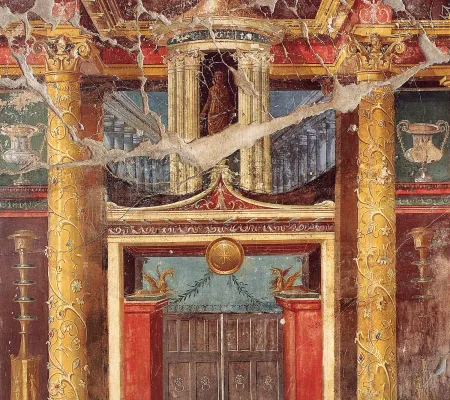The history of the area around Vesuvius and the Phlegraean Fields teaches that this region - despite its high seismic and volcanic risk - was densely populated since Paleolithic times. In the early Empire, Pompeii had at least 20,000 inhabitants; Herculaneum at least 10,000; and the population of Neapolis and Puteoli (modern Pozzuoli) was doubtless many times more numerous. Strabo reports that the coastline from Neapolis to Stabiae, seen from the sea, looked like one unbroken megalopolis teeming with dwellings. Today's population in the same area numbers about 2 million, and there is uninterrupted occupation and construction, even though vulcanologists have been anticipating Vesuvius' next significant eruption within the next 30-300 years.
Why, then, has man been drawn so, and why are we still drawn today to a region of such high risk? The answer is simple: natural resources.
Umberto Pappalardo is currently director of the International Center for Pompeian Studies and, since 2002, Professor of Pompeian Archaeology and Greek and Roman Archaeology at the Suor Orsola Benincasa University in Naples. He received his doctorate in Classical Archaeology from the University of Naples in 1976, and has directed excavations in Italy, Greece, Turkey, and Israel. From 1981-1985 he was Inspector of the excavations of Herculaneum. He specializes in ancient Roman wall painting and mosaics, and has published over one hundred papers in scholarly journals. His recent books include Domus: Wall Painting in the Roman House (2005), The Splendor of Roman Wall Painting (2009), The Gulf of Naples: Archaeology and History of an Ancient Land (2009), and Greek and Roman Mosaics (2012).


